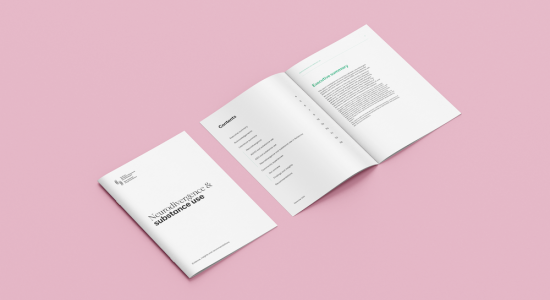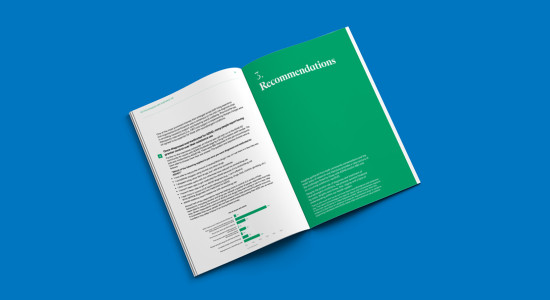Show me the money!

Whether we’re treating drug issues in the health sector or enforcing the Misuse of Drugs Act in the law enforcement and justice sector, addressing drug-related harm isn’t cheap. The relative funding we allocate to health approaches like treating drug addiction versus law enforcement approaches like imprisonment affects our outcomes in reducing drug harm.
The weight of international preventive and drug harm reduction evidence demonstrates it’s more effective to tackle drug problems predominantly with a public health, social support and strong regulatory approach than a criminal justice approach. Criminal justice approaches can actually make the problem worse by hampering access to treatment and increasing health and social problems for people who use drugs. However, for many years, it’s been widely acknowledged that we put significantly more funding into our criminal justice-based enforcement approach to drugs than our health and socially focused approach.
While it’s not easy to get good data on funding and costs around these endeavours, we present some of the available figures below.
Alcohol and other drug treatment services (2012/13 financial year)
Vote: Health
| Funding | $116,236,789 |
| Funding for young people under 19 years | $15 million (approx.) |
| Number of people treated | 46,641 |
| Average cost per person treated | $2,492 |
| Full-time equivalent workforce positions funded | 1,452 |
Vote: Corrections
| Funding | $5,415,000 |
|
Average cost per prison-based drug and alcohol treatment programme participant |
$5,154 |
| Number of prisoners who completed an alcohol and drug programme (prison-based and community) | 1,507 |
Harm reduction (Needle Exchange Programme)
Drug harm reduction activity, designed to reduce the harm occurring from drug use for those unable or unwilling to stop, is one of the most cost-effective ways to use funding. New Zealand’s Needle Exchange Programme (NEP) is an excellent example of this.
A review of the effectiveness/efficiency of the New Zealand NEP between 1988 and 2001, also applying evidence from an Australian review of needle exchange programmes, reveals some impressive harm reduction figures.
Total net benefit of lifetime hepatitis C and HIV treatment savings from infections prevented between 1998 and 2001 was estimated at $202 million.
| NEP total current Vote: Health funding | $4.75 million (approx. per annum) |
| Blood-borne infections/deaths avoided between 1988 and 2001 | HIV – 1,031 cases/20 deaths Hepatitis C – 1,454 cases |
Enforcement costs
There is a particular lack of current, accurate and comprehensive information available on government drug enforcement costs. However, the figures below were presented in the New Zealand Police’s New Zealand Drug Harm Index published in 2008. Drugs covered by the index were cannabis, opioids (opium, homebake, heroin, morphine), stimulants (cocaine, amphetamine, methamphetamine, ecstasy) and LSD.
| Prisons | 110.5 |
| Police | 106.9 |
| Criminal courts | 40 |
| Customs | 24.7 |
| Community sentences | 20.9 |
| Total | 303 |
The figures presented support the generally accepted view that we spend considerably more on drug enforcement than on drug treatment and harm reduction. However, these figures are not comprehensive, and the accuracy, particularly of the enforcement figures from the 2008 Drug Harm Index, has been questioned.
There is also Vote: Social Development funding, through Child, Youth and Family and Work and Income New Zealand, for some treatment services for youth, families and individuals. These figures were not available at the time of printing. Further, government funding for drug and alcohol prevention activity has not been included.
We should therefore be cautious about conclusions around overall government spending on approaches to drug and alcohol problems. Certainly, there is a need for better and more easily available funding data across our various approaches. This would allow us to better determine what funding is going where and assess relative effectiveness at reducing harm.
Recent news

Untreated ADHD leading to addiction and drug harm
A new report shows New Zealand’s failure to adequately diagnose and treat ADHD is likely leading to significant drug harm, including from alcohol and nicotine.

Report: Neurodivergence and substance use
Our latest report pulls together international evidence and local experiences of how neurodivergence impacts drug use

What researchers at University of Auckland are learning from giving people microdoses of LSD
‘Microdosing’ psychedelics involves taking small, repeated doses of a psychedelic drug. Researcher Robin Murphy talks us through the latest Auckland University microdosing study.

